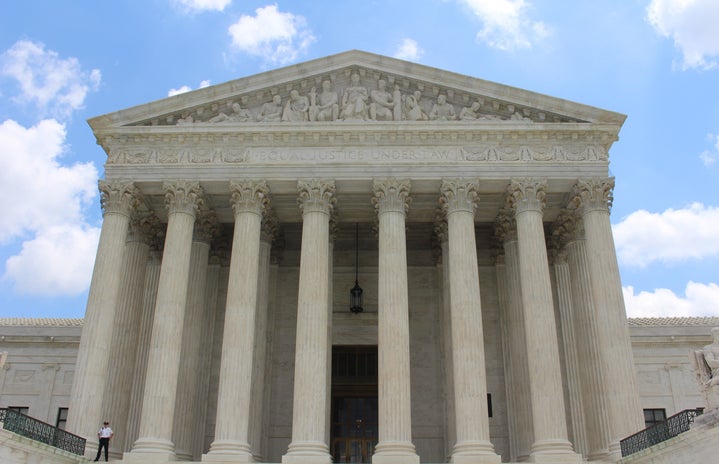In a surprising decision on June 29th, the United States Supreme Court shocked the nation by striking down affirmative action race-based admission practices. These programs have been used by colleges and universities for decades to promote diversity and address inequality in higher education. Let’s break down the key points and understand the impact of this major ruling.
Background
This all began when the conservative nonprofit organization, The Students for Fair Admission (SFFA), sued Harvard University and the University of North Carolina due to their race-conscious admissions programs, alleging discrimination against Asian American applicants. The Students for Fair Admission believe that “racial classifications and preferences in college admissions are unfair, unnecessary, and unconstitutional.” As a result, the SFFA’s challenge was successful in winning both cases and ending the policy.
Affirmative Action
Contrary to popular belief, the Supreme Court did not completely end affirmative action. It is important to understand that affirmative action is not solely based on race.
Affirmative action encompasses considerations beyond race such as gender, low-income status, disabilities, and a multitude of other identity factors. This ruling specifically ended race-conscious admissions, which means race can no longer be considered a contributing factor when making college admissions decisions.
Understanding the Ruling
The Supreme Court has determined that using race to rectify racial inequities is a form of discrimination. This is based upon the conclusion that it violates the equal protection clause of the 14th Amendment and is therefore unconstitutional. This means that affirmative action’s race-based admissions, even with the intention to promote racial diversity, is now legally equated to racial discrimination.
Majority Concurring Opinion
Justice Clarence Thomas, of the majority opinion, expresses his support of the ruling stating, “It should be obvious that every racial classification helps, in a narrow sense, some races and hurts others.” By implementing policies or actions that focus on race, it becomes clear that certain races may benefit while others may be disadvantaged. The well-intentioned effort to address historical disadvantages or promote equality harms individuals from other racial backgrounds, creating a continuous cycle of inequality and divisions between races.
Minority Dissenting Opinion
On the other hand, Justice Sonya Sotomayor, one of the dissenting liberal justices, strongly disagreed with the ruling stating that it “cements a superficial rule of colorblindness as a constitutional principle in an endemically segregated society.” In her opinion, the establishment of colorblindness as a legal principle does not translate into the reality of society. She points out that it fails to address the nuances and complexities of the persistence of racial disparities that are deeply entrenched in our society.
Military Academies Exemption
Curiously, the Supreme Court exempts military academies from this ruling. They stated that it is “constitutionally permissible” due to “potential distinct interests.” While the Court’s ruling attempts to address the unique nature of military academies, this has sparked an ongoing debate.
Proponents argue that this exemption recognizes the importance of diversity in the context of military advancement, acknowledging the value of diverse perspectives and backgrounds in creating a strong armed force. However, critics insist that acknowledging the value of diverse military personnel but not applying the same principle to higher education, inadvertently maintains disparities in opportunities and representation.
The Impact on Michigan Students
What does this mean for students in Michigan? Apparently not much. Nine states, including Michigan, already have bans on race-based college admissions. In fact, the state of Michigan already put an end to race-conscious admissions in 2006. This ruling effectively ended race-conscious college admissions on a national level.
What can you do?
Don’t lose hope! Even if the immediate impact may seem limited, as students, you have the power to shape the future of higher education and contribute to a more inclusive and equitable society.
Speak up, join discussions, and take part in activism on campus and beyond. Your vote is your voice, so exercise your right to vote and stay informed about candidates and policies affecting education. Remember, even if it seems like a small ripple now, your actions today can create waves of change tomorrow.
To learn more and read the full ruling, visit https://www.supremecourt.gov/opinions/22pdf/20-1199_hgdj.pdf

